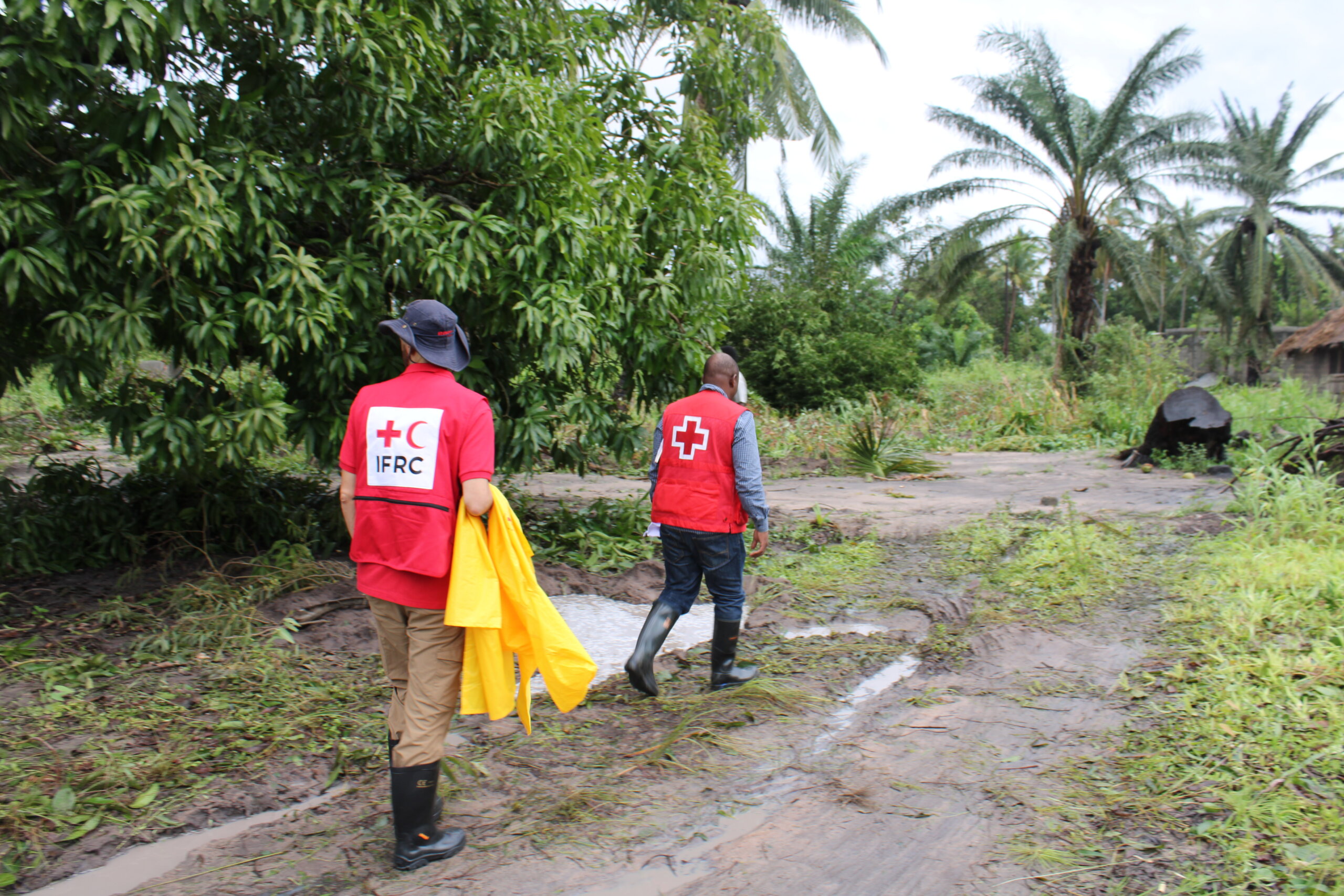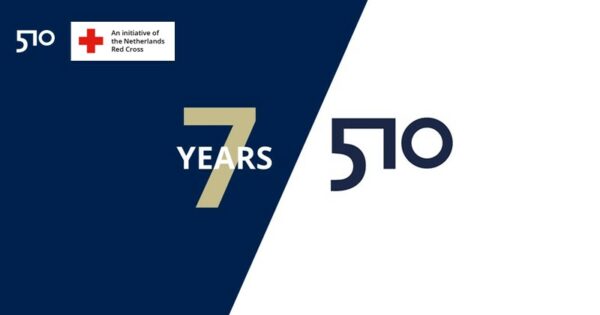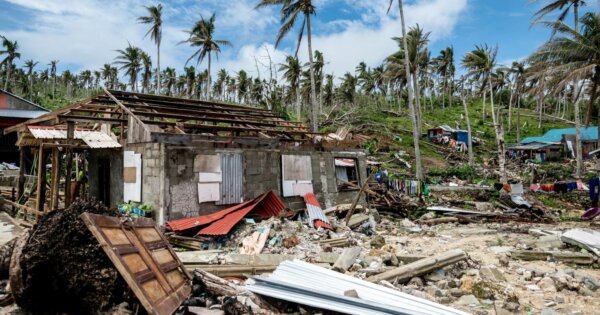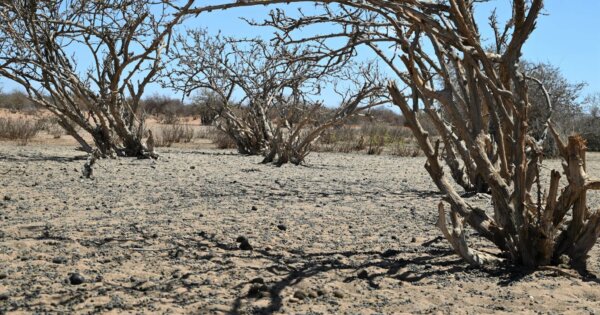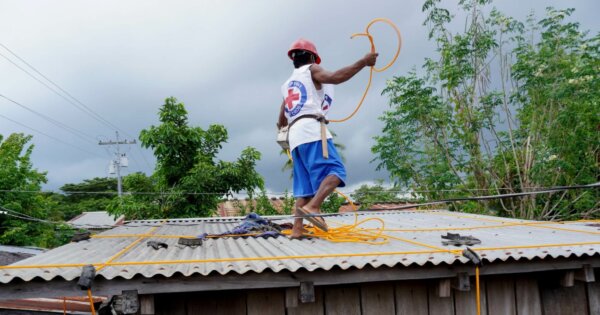Trigger models are employed to establish danger levels that activate humanitarian anticipatory Early Action Protocols (EAPs). These models are developed using the Impact-Based Forecasting (IBF) methodology. So far, we have built models that trigger EAPs for typhoon, flood, dzud, drought and dengue hazards.
The stages of trigger model development include: conducting risk analysis, analyzing the forecast skill of hazard forecasting products, creating historical hazard-impact databases, and performing predictive modelling to determine thresholds. This process aims to provide sufficient lead times for the implementation of early actions.
The Trigger Model for typhoons, for example, was developed using data on exposure, vulnerability and rainfall to predict the percentage of houses likely to be severely damaged in each municipality. Simulations based on past typhoon events were used to establish the trigger level. In case of a typhoon occurring, the model’s predictions, based on forecasts, are compared to the predefined trigger level to determine whether to activate the typhoon EAP.
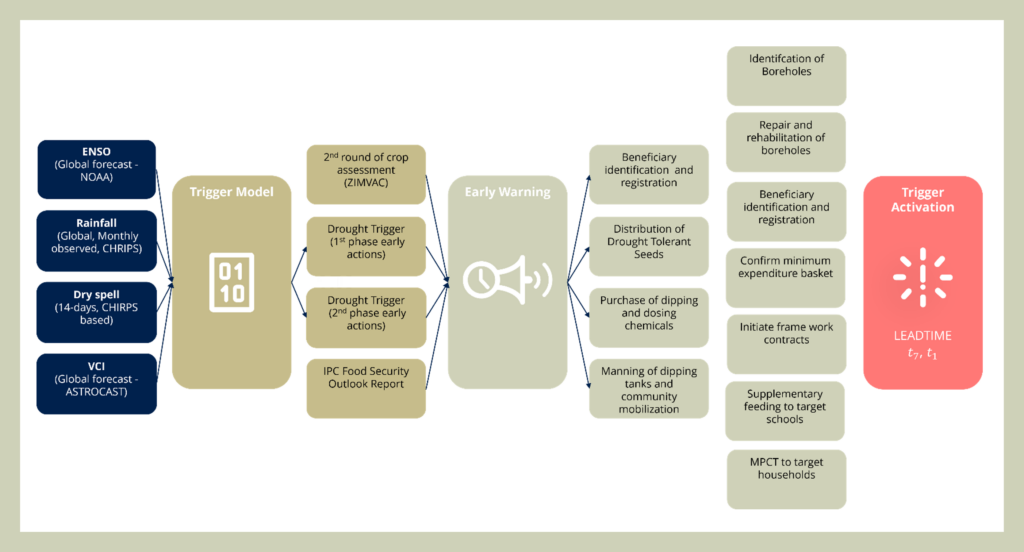
IBF Drought Trigger Model inputs in relation to the IBF Trigger timeline
“We try to deal with the insidious and complex nature of natural hazards by triggering in phases for early actions and act with operation lead time that reduces hazard impact.”
Marijke Panis, Data Team Lead at 510

